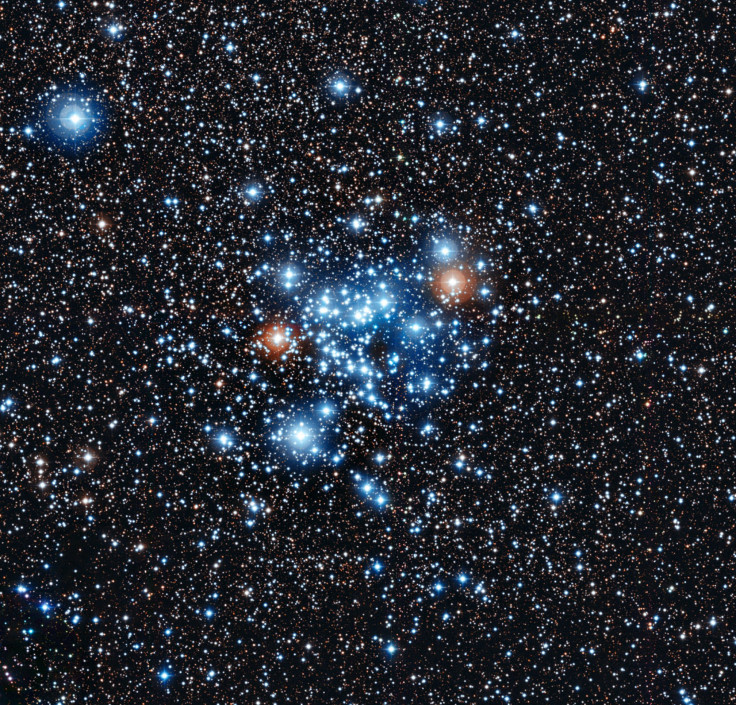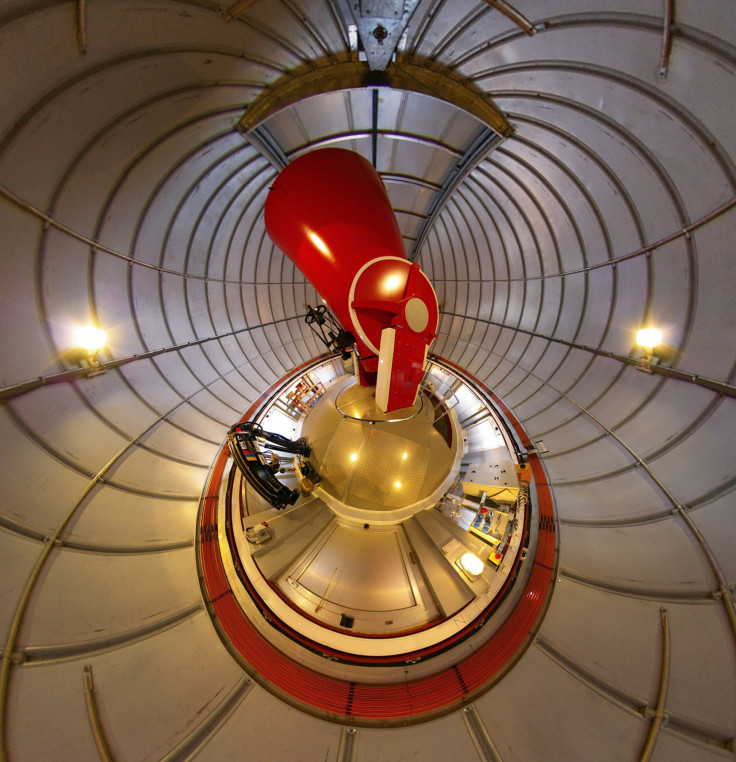New Class Of Variable Stars Discovered By Swiss Astronomers In Star Cluster NGC 3766 [PHOTO]
Swiss astronomers have discovered a new class of variable stars. The astronomers were able to discover the variable, or pulsating, stars by measuring tiny changes in the star’s brightness over the course of seven years.
The team of astronomers from the Geneva Conservatory used the 1.2-metre Euler telescope at European Southern Observatory’s La Silla observatory, located in Chile, according to a news release from ESO. They studied more than 3,000 stars within the star cluster NGC 3766, approximately 7,000 light-years from Earth.

For seven years, the astronomers tracked changes in the brightness of the stars and discovered that 36 stars behaved differently than their neighbors, publishing their findings in the journal Astronomy & Astrophysics. According to ESO, the 36 stars had a pattern of variable brightness of 0.1 percent from the normal brightness. The stars, which burn brighter and hotter than our Sun, would fluctuate from their normal brightness levels to 0.1 percent below that level for a stretch of time that would last between two and 20 hours, notes the release.
Because of the extreme sensitivity of the Euler telescope, the astronomers were able to get the precise recordings that led to the discovery. Speaking about the team's findings, lead researcher Nami Mowlavi said, “We have reached this level of sensitivity thanks to the high quality of the observations, combined with a very careful analysis of the data.”

Variable, or pulsating, stars are common and an important part of astrophysics research. As ESO notes, there is a whole branch of research dedicated to the study of why a star’s brightness changes periodically, called asteroseismology. Astronomers researching variable stars measure the internal properties of a star, detailing physical properties as well as internal mechanisms.
Team member Sophie Saesen believes the new class of variable stars will lead to new research within astrophysics. Saesen says, “Current theoretical models predict that their light is not supposed to vary periodically at all, so our current efforts are focused on finding out more about the behaviour of this strange new type of star.”
The astronomers speculate the fast speed at which the 36 stars rotate could be a cause of the fluctuation. According to the news release, the stars spin at a speed slightly above half of their respective critical velocities. If a star spins faster than that velocity, it will become unstable.
For future research, the astronomers believe the new type of variable star could possibly be found in young star clusters similar to NGC 3766. While the new class of variable star has yet to be named, the astronomers propose “low-amplitude periodic (or pulsating) A and late-B variables.”
© Copyright IBTimes 2024. All rights reserved.






















